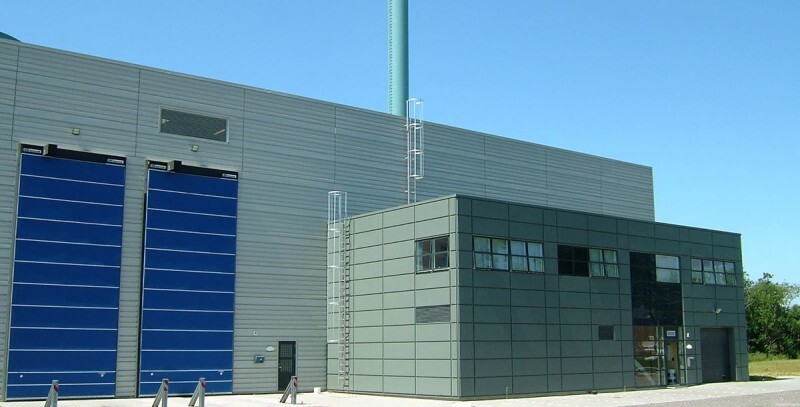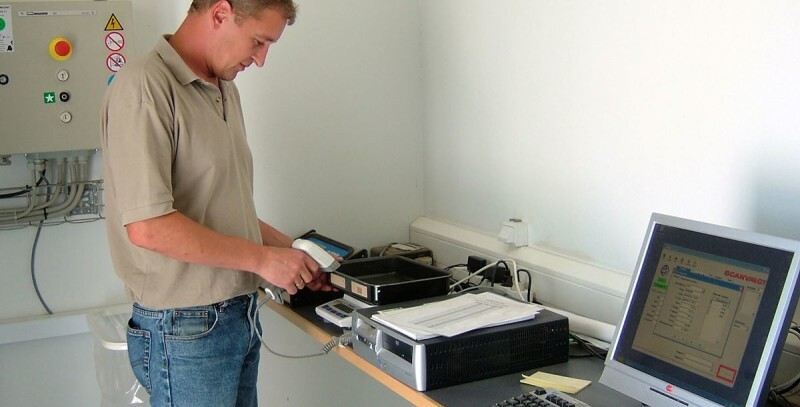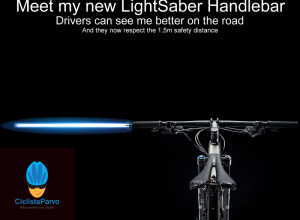Scanvaegt Nordic A/S (Denmark) - Stensø District Heating Station weighs-in 200 t woodchips on a Scanvaegt weighbridge. Using the related weighing system they are able to calculate the moisture percentage of the woodchips - and only pay for the actual caloric value of the woodchips, instead of the gross weight.
Stensø pays only for the actual caloric value:
It requires daily supplies of large quantities of woodchips to produce so much heating. Local contractors bring app. 200 t woodchips every day, which is a huge quantity that might have been expensive to buy, but Stensø District Heating Plant does not pay for the gross weight - only for the caloric value, used in the boilers.
Lars Hansen explains how this is possible: ”In cooperation with Scanvaegt we have developed a system, which calculates the actual caloric value of the woodchips - and it's only that we pay for. Instead of having to pay for the gross weight, we actually just pay for app. 60% of it. As we annually buy woodchips for 6-9 mio. DKK, big money is at stake,” concludes Lars Hansen.
An integrated weighing and control system:
When the truck with woodchips arrives at the plant, it's being weighed-in on a Scanvaegt weighbridge. The data terminal at the weighbridge prints-out weight slip with expedition number (barcode) for the driver, who know can enter the plant, unload the woodchips and weigh-out the truck on the weighbridge.
All data - gross weight, empty weight, supplier, expedition no. etc. - is captured by Scanvaegt's software system, ScanX, where the data is coupled to the master data in the system.
But, before the driver leaves the plant, he must hand over a sample of the woodchips for analysis and calculation of the caloric value in a locked room. The drivers opens the door with his magnetic card in a Scanvaegt terminal, controlling access to the room. Inside the driver places the sample in a tray with an individual number (ID-no. in barcode). The tray is placec on a laboratory scale and weighed. Now the driver then scans the tray number and his weight slip, and then data about weight, tray number and expedition no. is coupled together and stored in the control system.
When the woodchips sample has dried for 24 hours, it's weighed again and the tray number is scanned. Combining the data with the previously registered data the system now calculates the water percentage/caloric value. All data is captured by ScanX, coupled to master data and then transferred to the administrative system, where the price for the woodchips delivery is added.
If the contractor brings more deliveries from the same type of woodchips, the system can easily handle registration of more weighings to the same woodchips sample, so the driver does not have to make a new woodships sample for every delivery/weighing.
































Interested? Submit your enquiry using the form below:
Only available for registered users. Sign In to your account or register here.